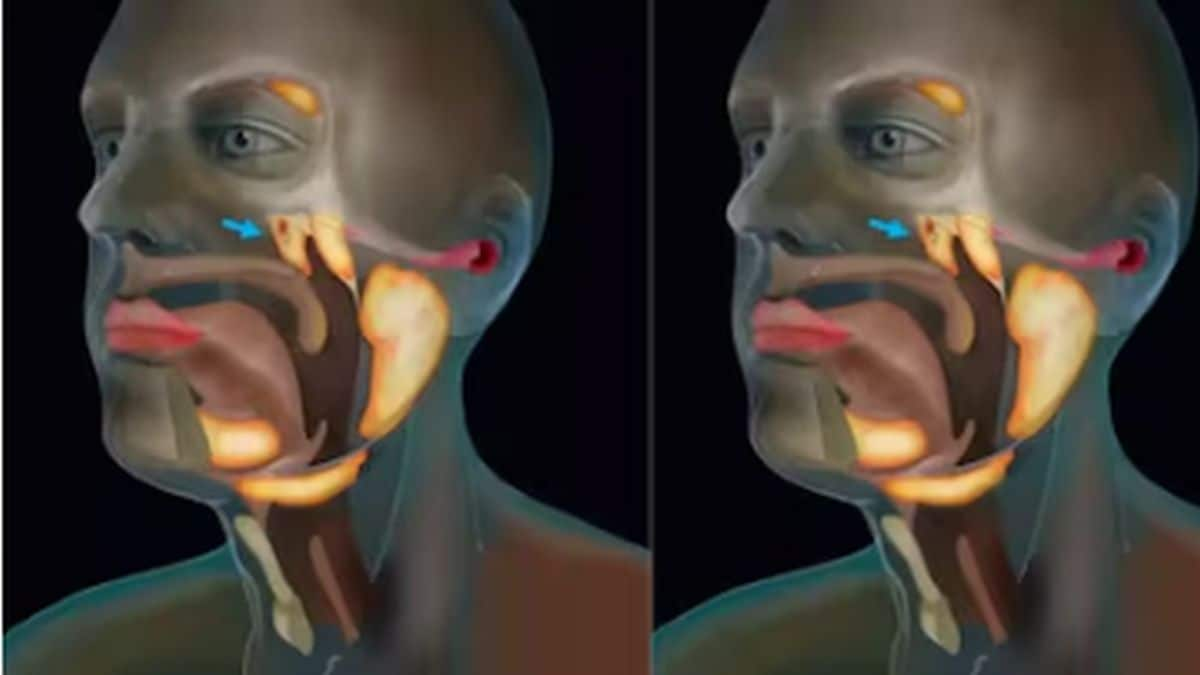It sounds like something straight out of a sci-fi thriller. But in China , scientists are reportedly working on the world’s first “pregnancy robot”, a humanoid designed to carry a baby in an artificial womb and give birth.
Experts say the machine, equipped with a system that feeds the foetus nutrients through a hose, could one day mimic a full-term pregnancy before giving birth, according to Chosun Biz.
If that sounds like a wild leap, it’s really just the next step in how far AI has already seeped into our lives. From being our friend and companion to some, perhaps one day, it may even take on the role of a mother.
So how close are we to that reality? And how would a humanoid “birth machine” actually work? Here’s what we know.
How the ‘pregnancy robot’ would work
The “pregnancy robot” was conceptualised by Dr Zhang Qifeng, founder of Kaiwa Technology, which is based in Guangzhou, a city in China. If all goes according to plan, the prototype will make its debut next year.
The device he envisions is not simply an incubator but a humanoid that can replicate the entire process from conception to delivery.
“The artificial womb technology is already in a mature stage, and now it needs to be implanted in the robot’s abdomen so that a real person and the robot can interact to achieve pregnancy, allowing the fetus to grow inside,” Qifeng told Chosun Biz.
For those struggling to conceive, hiring a humanoid to carry their baby, a prototype of the humanoid is set to be sold for 100,000 yuan (around Rs 12 lakh) next year.
Dr Zhang explained that the concept isn’t entirely new. In earlier experiments, scientists managed to keep premature lambs alive for weeks inside an artificial womb that resembled a plastic bag.
This “biobag” provided everything a developing foetus would need: a nutrient-rich blood supply and a protective sac of amniotic fluid, allowing the lambs to continue growing outside the mother’s body.
The ethics debate
But while the science is fascinating, it has opened a Pandora’s box of legal and ethical debates.
Supporters say it could change the future of medicine and family life, especially in a country like China, where infertility has sharply risen, from 11.9 per cent in 2007 to 18 per cent in 2020. For some, the pregnancy robot offers hope where traditional treatments fail.
On social media, many users echoed this, with one noting: “Many families pay significant expenses for artificial insemination only to fail, so the development of the pregnancy robot contributes to society.”
But critics aren’t convinced. They argue that depriving a foetus of maternal connection is cruel and unnatural, raising questions about how eggs would even be sourced for the process.
Andrea Dworkin, the radical feminist writer, had once warned against such technology, fearing it could mean “the end of women”.
“Women already have the power to eliminate men, and in their collective wisdom, have decided to keep them. The real question now is, will men, once the artificial womb is perfected, want to keep women around?” Dworkin wrote in 2012.
Similarly, researchers at The Children’s Hospital of Philadelphia wrote in 2022 that artificial wombs risk “pathologising” pregnancy, treating a natural process as a medical condition to be engineered.
Despite the concerns, Chinese researchers have already taken the idea to the authorities. In Guangdong Province, discussions on the ethical and legal implications of “pregnancy robots” have been held, and formal proposals have been submitted as part of ongoing policy and legislative deliberations.
With input from agencies


)

)
)
)
)
)
)
)
)



